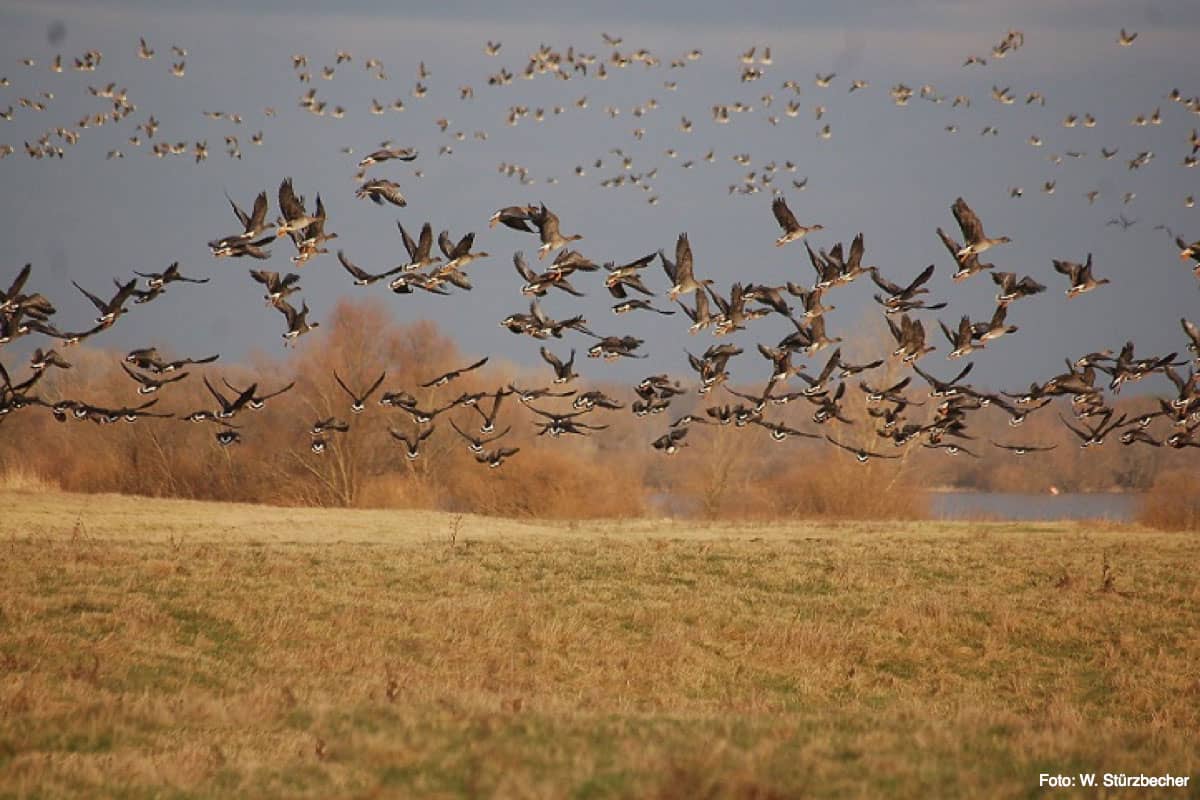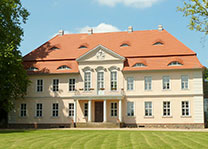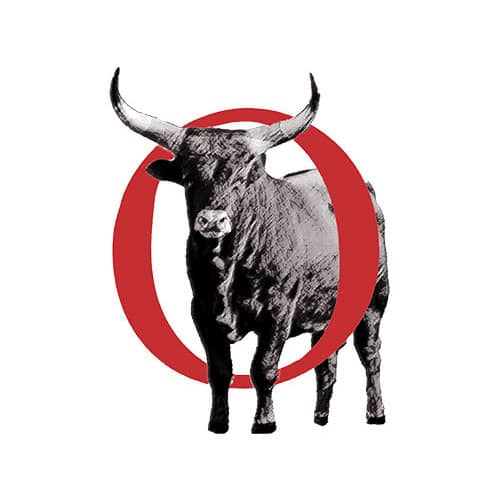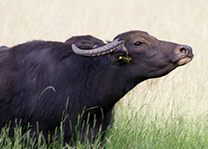The Lower Oder Valley is particularly famous for its bird migration. In spring and autumn well over 100,000 geese and ducks, but also 10,000 cranes and other migratory birds use the Lower Oder Valley as a resting and wintering area. Above all, the crane migration in autumn, when the cranes fly relatively flat in the morning from their night quarters in the Polish Zwischenoderland to their feeding places on the harvested corn and grain fields on the German side and back in the evening, is a spectacular tourist attraction.
The train of whooper swans and cranes are always special Excursions offered, but you can also watch the crane migration on your own. The evenings between September 15 and October 15, depending on the weather, are best suited for this purpose between 4:00 p.m. and 6:00 p.m. The best place to do this is on the dike west of the Westoder between Friedrichsthal and Gartz. There is also an observation tower south of Gartz.
The spectacular crane migration in particular is influenced by many factors. The cranes need enough water in what is now the Polish Zwischenoderland to be able to spend the night there undisturbed by predators. The Polish plans to recultivate the so-called Zwischenoderland, i.e. in the former Schillersdorfer Polder and the former Gartzer Polder, which have been left to nature since 1945, in order to regulate the water level, endanger this important crane roost. On the German side, the crane migration is being impaired by the wind power plants that are becoming more prevalent there and are shooting higher and higher. Resting cranes and especially geese in large numbers in the fields in the freshly sown can cause considerable damage, which is why some farmers do not speak well about bird migration.












